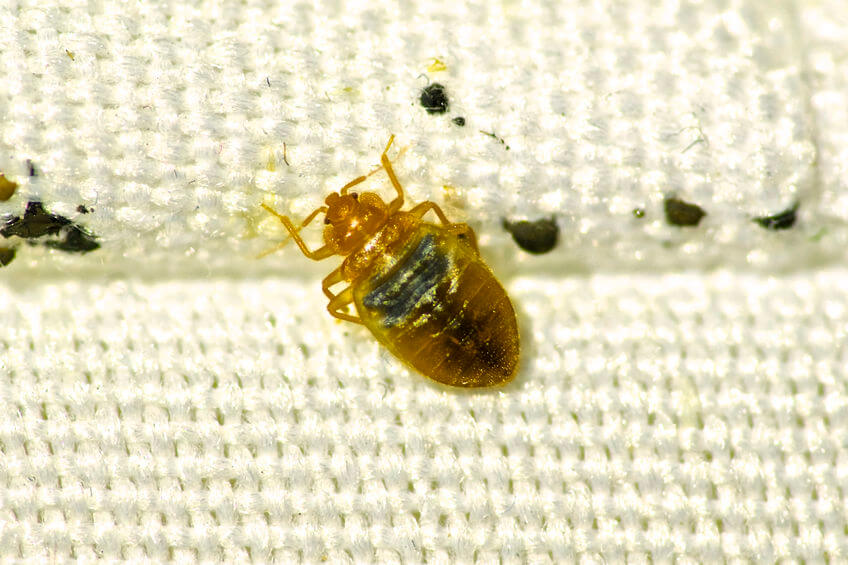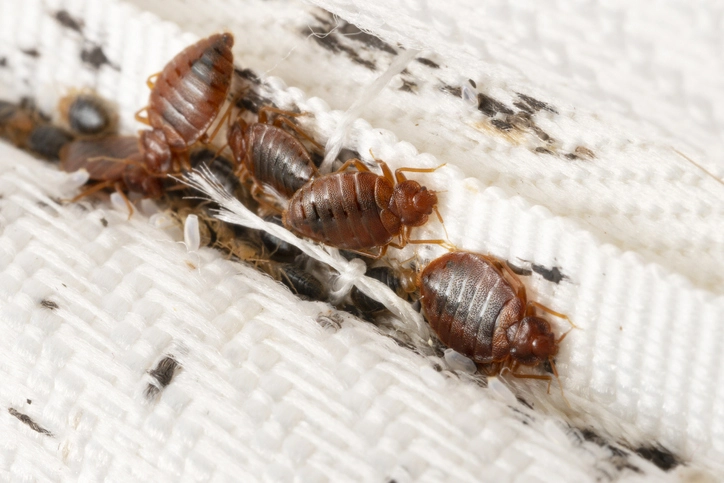A1 Bed Bug Exterminator Houston: Trusted Treatment Solutions
Wiki Article
Understanding the Lifecycle of Insects for Targeted Control Strategies
Recognizing the lifecycle of insects is a fundamental facet of effective bug monitoring approaches. By understanding the different stages of advancement that bugs go through, a more targeted and specific method can be adopted to regulate their populations. This knowledge not just drops light on the vulnerabilities within the parasite lifecycle yet also leads the way for applying calculated actions that can interrupt their development and reproduction cycles. Via a much deeper understanding of exactly how pests progress and thrive, customized control techniques can be developed to attend to particular factors in their lifecycle, inevitably bring about more effective parasite administration results.Relevance of Understanding Bug Lifecycle
Comprehending the lifecycle of bugs is necessary for establishing effective and targeted control methods in insect administration. By understanding the numerous phases a pest goes with from egg to grownup, pest control experts can identify prone points in the lifecycle where intervention can be most successful. Recognizing when larvae are most energetic can aid determine the ideal timing for using larvicides. In addition, recognizing the lifespan of a bug varieties can help in predicting population growth patterns and prospective problem dangers.In addition, identifying the particular environmental problems required for each and every phase of the parasite's lifecycle can guide decisions on habitat modification or exclusion approaches to interfere with the lifecycle and minimize bug populaces. This expertise allows pest management experts to apply proactive steps rather than depending only on responsive treatments, leading to more sustainable and long-lasting pest control options. Ultimately, a complete understanding of parasite lifecycles equips parasite control specialists to customize their approaches efficiently, reducing environmental effects and taking full advantage of control outcomes.
Secret Phases in Pest Growth
To successfully execute targeted control strategies in insect monitoring, a crucial element depends on comprehensively identifying and understanding the key phases in bug development. Pest advancement commonly includes several key stages that are important for their lifecycle and administration. The initial phase is the egg phase, where pests lay eggs that later hatch into larvae. Larvae then progress into pupae, a stage where they undergo metamorphosis before emerging as adult pests. Understanding these stages is important as it helps in pinpointing susceptible points in the lifecycle where control steps can be most efficient.

Susceptabilities in Pest Lifecycle
Throughout the various phases of a bug's lifecycle, distinct susceptabilities emerge that can be tactically targeted for reliable control steps. One critical vulnerability depends on the egg phase, where parasites are frequently a lot more susceptible to specific pesticides or organic control agents because of their soft external covering, making them simpler targets for treatment. Additionally, the nymph or larval phase presents susceptabilities as parasites go through quick development and development, needing high power intake that can be exploited by disrupting their food resources or introducing growth preventions. Pupal phases, characterized by immobility and makeover, provide a window for targeted control via physical barriers or particular therapies that hinder successful appearance. Lastly, grown-up parasites, while extra durable as a result of their reproductive capacity, can still be prone throughout breeding or egg-laying tasks, which can be interfered with via pheromone catches or sanitation techniques. Understanding these susceptabilities see in the insect lifecycle is essential for establishing specific and effective control strategies that successfully manage parasite populations while lessening ecological influence.Implementing Targeted Control Procedures

Implementing targeted control procedures usually involves a multi-faceted strategy. This may consist of habitat alteration to make the atmosphere much less friendly to pests, such as eliminating standing water for insect control or sealing access factors for rodents. Additionally, biological control techniques can be used, where all-natural predators or microorganisms are presented to keep insect populaces in check.
Integrated Pest Administration (IPM) techniques that integrate different control procedures in a collaborated and lasting fashion are usually the most effective in accomplishing long-lasting bug monitoring objectives. By implementing targeted control steps based on a complete understanding of parasite lifecycles, insect populations can be efficiently managed while reducing risks to human health and the environment.
Boosted Parasite Monitoring Practices

Additionally, the unification of organic control agents, such as natural killers or virus of insects, can help in reducing dependence on chemical pesticides and advertise a news more balanced ecological community. Implementing physical barriers and traps can likewise be component of boosted pest administration methods, supplying safe and targeted solutions for pest control. Additionally, using scents and various other semiochemicals can disrupt pest mating patterns and communication, resulting in minimized parasite populaces with time.
Final Thought
By recognizing vital phases in bug advancement and vulnerabilities in their lifecycle, targeted control steps can be executed to reduce pest populations. Boosted bug administration practices can help lower the reliance on broad-spectrum pesticides and advertise more sustainable and eco pleasant insect control approaches.Recognizing the lifecycle of bugs is necessary for developing reliable and targeted control methods in insect management. By understanding the different phases a bug goes through from egg to adult, bug control professionals can identify prone points in the lifecycle where treatment can be most successful. Ultimately, a thorough understanding of parasite lifecycles equips parasite control professionals to tailor their approaches efficiently, minimizing ecological impacts and taking full advantage of control outcomes.
By carrying out targeted control measures based on a complete understanding of bug lifecycles, parasite populations can be successfully regulated while reducing risks to human health and the atmosphere.
By determining essential stages in parasite advancement and vulnerabilities in their lifecycle, targeted control steps can be carried out to reduce insect populations.
Report this wiki page